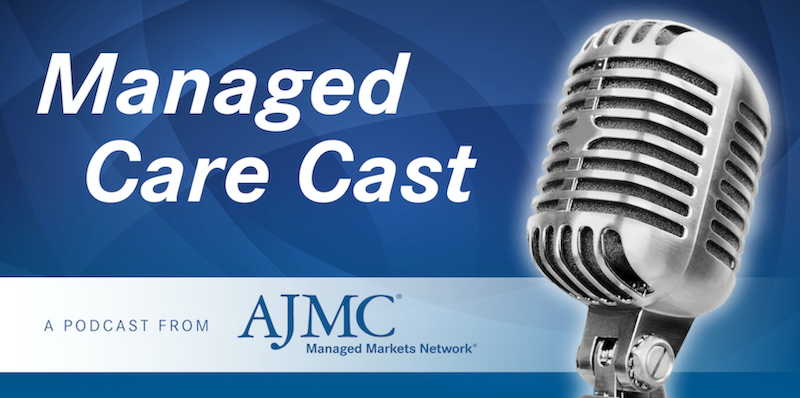Video
Employer Accommodations for Migraines
The challenges of treating employees with migraines and ways employers can help those with the disease.
Transcript:
David Hines: It’s hard to accommodate in a workplace when you’re dealing with a migraine in a stress-related issue. The most pronounced accommodation is allowing people to be off. One of the things we all have to be concerned about nowadays is, employers, we struggle with intermittent leave. It’s when people can take a day off here, there, here, there, here, there for something that is a chronic medical situation like migraines. We have to accommodate and allow people to take that time off. It’s a forced accommodation, but for us that forced accommodation is putting a substitute into that classroom. We don’t have any other choice. Our better option is to keep people from needing the accommodation. Even though we must accommodate, we must give them the time off that they need, we would be better suited if we can help them avoid that need altogether.
A big thing is education. It’s a “people do not know what they do not know” type of situation. If we can help people make materials, resources available, and there are free resources out there that are available for folks, to help them understand what is going on in their life, what they can do about that and their alternatives ahead. That they can work individually, they can work with their medical providers, they can work with their health coaches.
I think we have something that impacts such a large population, why aren’t we stepping out more to talk about this, to help people realize that not only is there this issue out there, but there are things that can be done about it? Ten percent of the population is diabetic. We wear that subject out. Of course, it has a profound financial impact and has life-altering impacts, but that’s smaller percentage of the population. A lot of the economics that we deal with when it comes to healthcare is this 15% of the population that can account for 8% of your costs. Let’s change the dynamic a little bit. Let’s talk about this 20% of your population that might not be accounting for that larger percentage of your overall medical cost, but they sure are impacting your work life and impacting it profoundly.
The fact that there are so many out there who are not diagnosed, it has to be C, D, to a failing grade of what we’ve got going on out there. The fact that there are new treatments, and modalities, and therapies that can be going on to impact it, we’re failing there. We have to bring up people’s understanding, we have to bring up the reality that things can be done about this and not just accept it. There are some that succeed, but there is a majority that’s failing, and for that majority that’s failing we need to step up and assist.
One of the things I’ve enjoyed, and I’ve been at this job for a long time, is moving beyond managing benefits to actually managing health. I think that’s where the evolution of my profession is. One of the things we engaged with at the school board a few years ago, in fact over 10 years ago now, is we launched our own on-site medical clinics. They’re successful enough that we’ve now moved into integrated wellness centers, and now we’re trying to push forward into this model to where we’re trying to make even specialty care more available, more accessible.
Along with being the employer, we’re actually the medical home for 43% of our active employees. And so health is a big issue to us. We’re engaged, we’re helping folks. We want them to be healthy and well. We are a true medical home. We want this holistic view of folks. And we know if we help folks be well, not only will they be in the classroom more, but we’ll retain them longer. Getting to health is the fun part of this job. I’d much rather help people live a better life than increase their co-pays, or coinsurance, or their deductibles. This is the fun part, but it’s a good part, it’s a rewarding part, and it’s where we all need to be.

How Can Employers Leverage the DPP to Improve Diabetes Rates?



